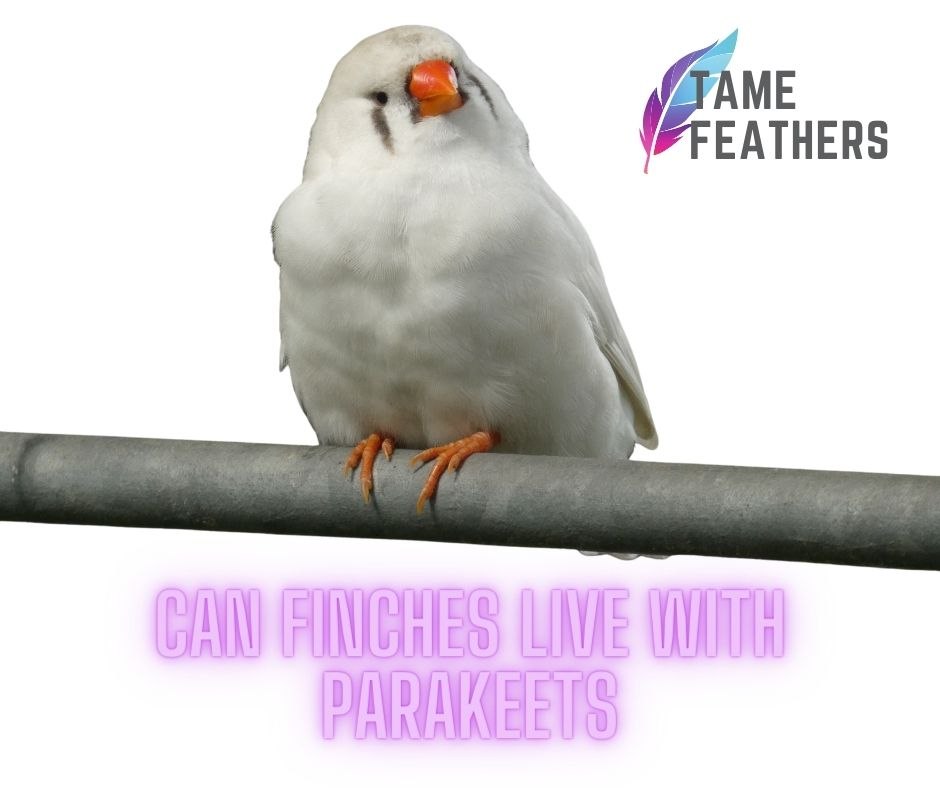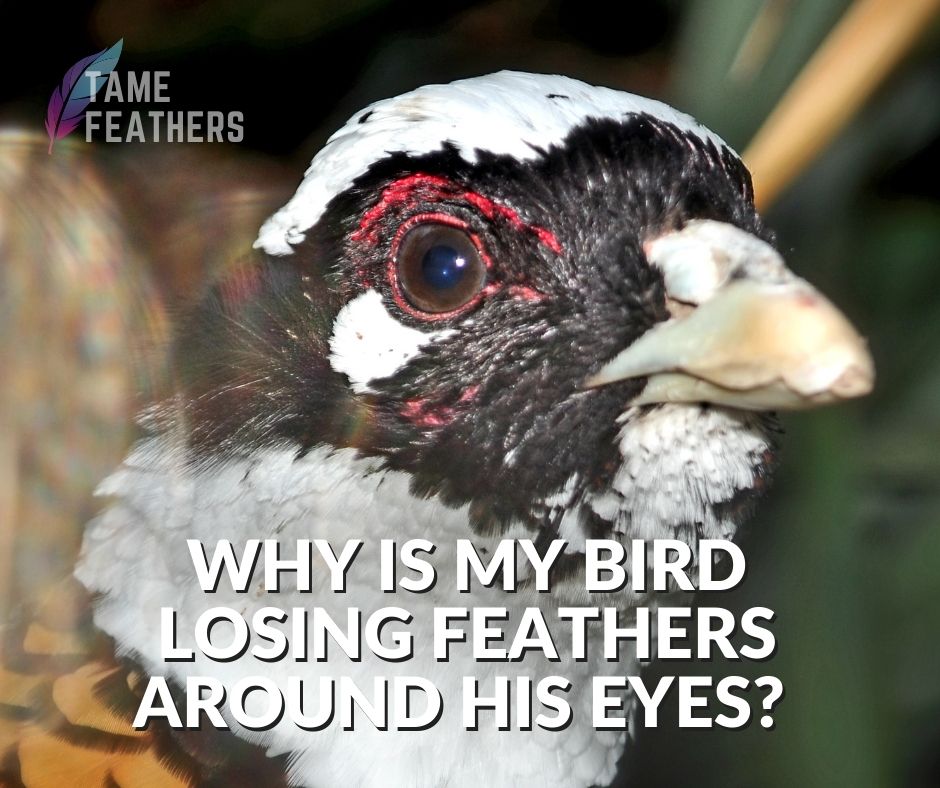Are you thinking of expanding your family with a parakeet? Finding the ideal bird cage for your feathery friend would then be the next step. Although you would believe that all bird cages are created equal, there are certain crucial elements to take into account before buying. We’ll go into detail about what you should know before purchasing a parakeet bird cage in this article.
Types Of Cages
There are a wide variety of choices available to consumers in the market when it comes to parakeet cages. You can discover everything from simple wire frames with a single door to intricate multi-level designs with fancy trimmings in this section. There is a wide variety of alternatives available. Before you go out and buy one, you should give some thought to the amount of room that your pet requires and the kind of atmosphere in which they would feel most at home. While some cages already have perches and ladders installed, others must be purchased separately with these additional accessories.
The proportions of the interior of the cage are equally crucial, in addition to the exterior measurements of the cage itself. The larger the cage, the more space your parakeet has to move around and explore without feeling confined in any manner, and the less likely it is that it will become bored or anxious. If at all possible, you should choose a little larger cage for your pet so that they can have lots of fun in the comfort of their own home.
Materials Used In Making The Cage
Plastic and metal are only two of the many different materials that may be used to make birdcages. Plastic cages are typically more affordable, but they might not be able to survive as long as metal ones, which are typically more long-lasting and solid due to the construction material that they are made of. When deciding between these two materials, it is important to keep in mind that cages constructed of metal provide superior ventilation to those constructed of plastic due to the fact that hot air has a tendency to rise more quickly through metal cages because of their open structures.
Accessories For Parakeets
After you have selected a suitable kind of birdcage and determined the appropriate size for your pet parakeet, it is time to select some other goods, such as toys and snacks. Toys that were developed with the particular purpose of providing mental stimulation for birds can be used during playtime, and treats can be used to foster healthy eating habits by incorporating new flavors into their regular diet.
Toys that allow birds to climb, such as swings and ladders, not only provide the birds something pleasant to do but also provide them with opportunities for exercise.
It is also a good idea to make an investment in a variety of feeders and waterers so that they will always have access to food and water when it is required.
.
Cleaning And Maintenance
Regular care, such as removing debris from inside the cage (including dropping trays) and wiping down surfaces with a mild soap solution every few days, must be performed if you want to guarantee that the environment in which your parakeet resides is always sanitary and risk-free. In addition, providing fresh fruits and vegetables in addition to pellet meals will assist in the maintenance of good health. Last but not least, you should make it a habit to inspect the bars and wires on a regular basis to ensure that none of them have any jagged edges that could accidently hurt them.
Safety Features
When kept indoors, parakeets need to have enough protection from any dangers. In addition to having their enclosures securely closed and locked, these birds also need to be shielded from potential predation by other animals, such as cats, dogs, and rats. This may need the installation of a mesh screen over the window or the practice of keeping doors locked throughout the night. It is strongly suggested that you make an investment in locks that are both secure enough to prevent egress and easy enough to open in the event of an emergency.
Things To Avoid
Even though it can be tempting, you should avoid using dangerous chemicals near bird enclosures. This includes paint fumes, pesticides, spray cleaners, and other similar products. In addition, cedar wood shavings and chips should never be used inside bird cages because they contain phenols, which can cause respiratory problems and even death in birds if they are exposed to them continuously. Choose instead kiln-dried pine bedding, which not only has outstanding absorbency but also effectively controls odors and is completely dust free! Last but not least, keep in mind that you should never house more birds in a space than is really essential.
FAQs About Parakeets
What is the best cage for a parakeet?
The best cage for a parakeet is one that is at least 20 inches long, 18 inches wide and 24 inches high with bar spacing of no more than 1/2 inch. It should also have plenty of perches, toys, and other accessories to keep your bird entertained.
What size cage does a parakeet need?
A parakeet needs a cage that is at least 20 inches long, 18 inches wide and 24 inches high.
Is it cruel to keep parakeets in cages?
Keeping parakeets in cages can be cruel if the cage is too small or not properly maintained. Parakeets need plenty of space to fly and explore, as well as access to toys and other enrichment activities. If a parakeet’s cage does not provide these things, it can lead to boredom, stress, and health problems for the bird.
What size cage do I need for 2 parakeets?
A cage for two parakeets should be at least 24 inches long, 18 inches wide, and 18 inches high. The bar spacing should not exceed 1/2 inch.
We Thought You Might Want To Know This About Parakeets… 😊
Are you curious if parakeets can talk? Learn more on
do parakeets talk





